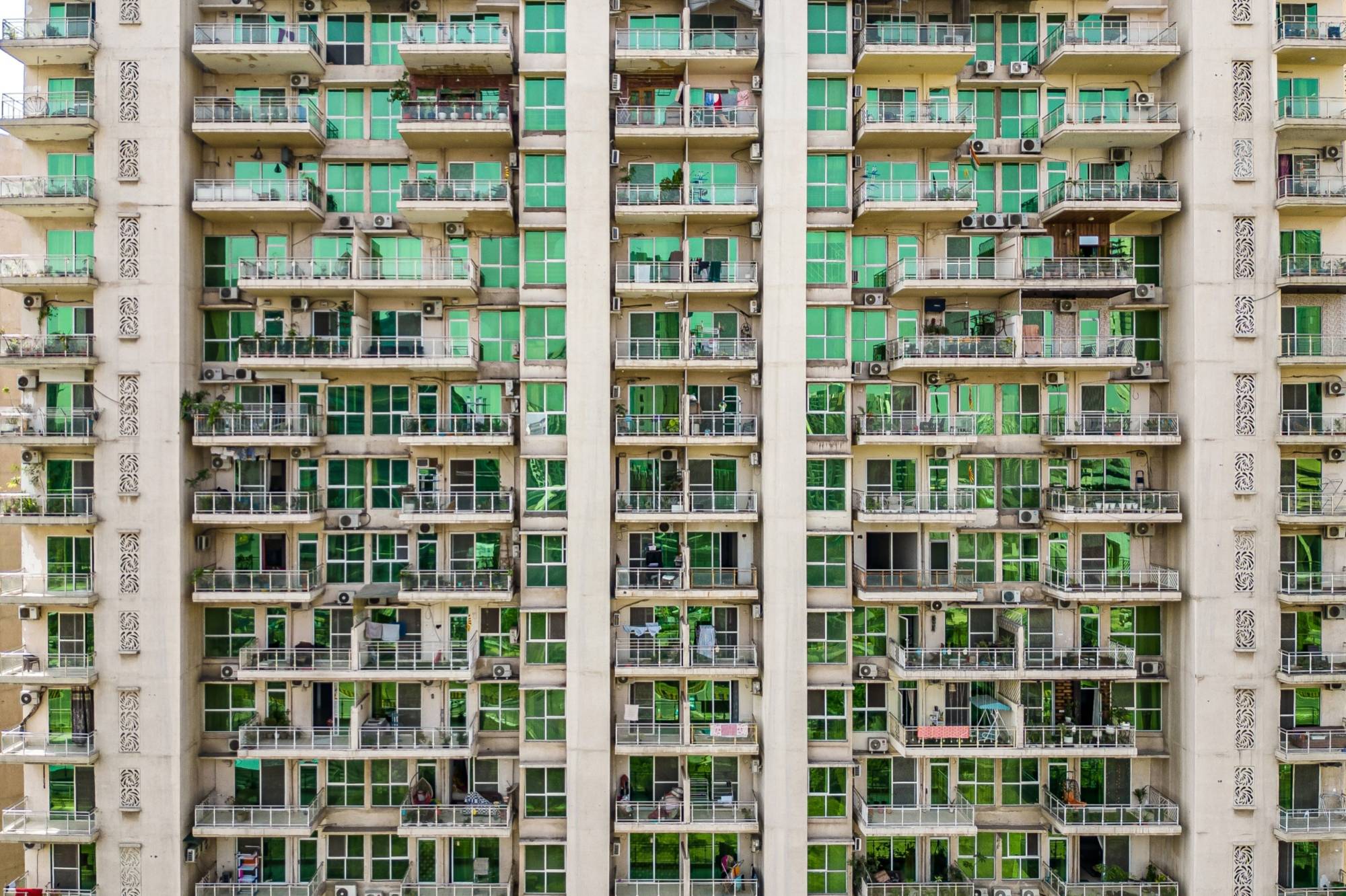Summer in India has always been hot. Increasingly, it’s testing the limits of human survival. As temperatures have climbed across the world’s most populous nation in recent weeks, more than a dozen people died at an event in central India and thousands crowded hospitals with heatstroke symptoms. Hundreds of schools were closed and the mercury is still rising: Temperatures will hover around 45 degrees Celsius across the northern plains this weekend.
The most immediate fix is mercifully affordable, at least in the short-term. Demand for air conditioners is surging in markets where both incomes and temperatures are rising, populous places like India, China, Indonesia and the Philippines. By one estimate, the world will add 1 billion ACs before the end of the decade. The market is projected to nearly double before 2040. That’s good for measures of public health and economic productivity; it’s unquestionably bad for the climate, and a global agreement to phase out the most harmful coolants could keep the appliances out of reach of many of the people who need them most.
The logic behind the AC boom is simple. Economists note a spike in sales when annual household incomes near $10,000, a tipping point many of the world’s hottest places touched recently or will soon. The Philippines passed the $10,000 threshold roughly last year; Indonesia within the last decade. In India, where more than 80% of the population doesn’t yet have access to air conditioning, per capita gross domestic product — adjusted for purchasing power — will top $9,000 this year for the first time.

















With your current subscription plan you can comment on stories. However, before writing your first comment, please create a display name in the Profile section of your subscriber account page.